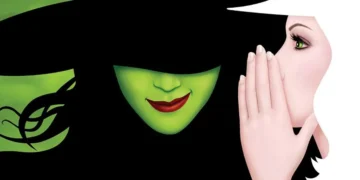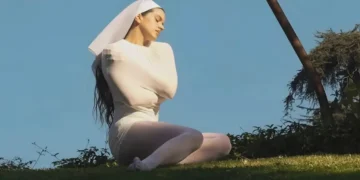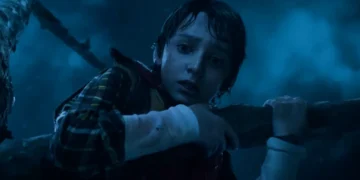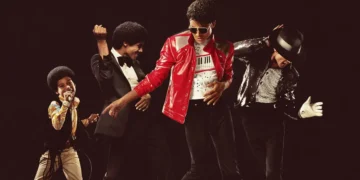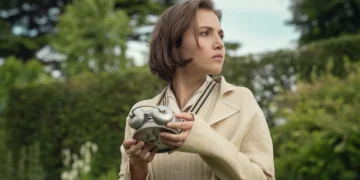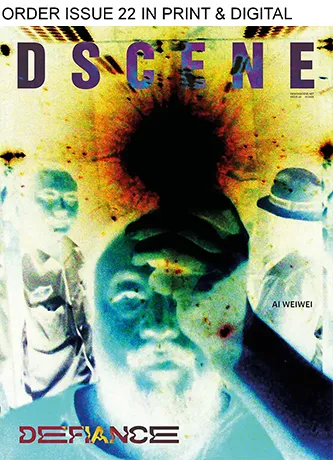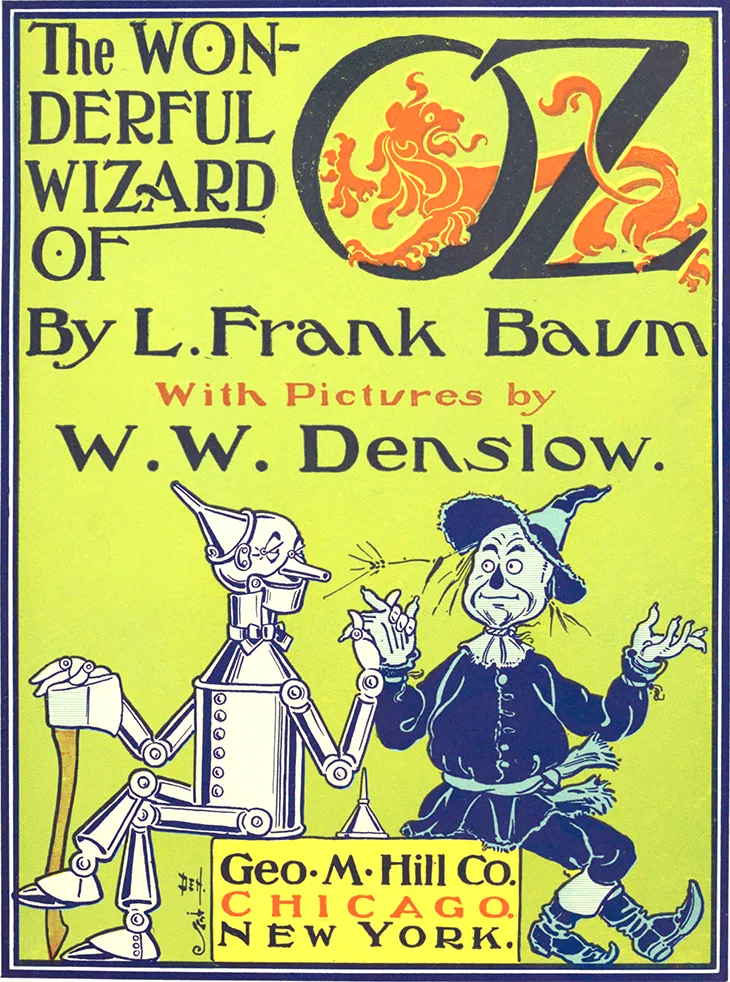
From the moment Dorothy clicked her ruby slippers and declared there’s no place like home, The Wizard of Oz has held a special place in the hearts of LGBTQ+ individuals around the world. What began as L. Frank Baum‘s 1900 children’s novel has evolved into one of the most enduring symbols of queer culture, offering layers of meaning that resonate deeply with themes of identity, acceptance, and the road toward authenticity.
The Literary Foundation
L. Frank Baum’s original novel, The Wonderful Wizard of Oz, published in 1900, introduced readers to a fantastical world where the extraordinary was commonplace and outcasts found belonging. The protagonist Dorothy represents the archetypal outsider, swept away from her mundane existence into a vibrant, colorful world where she must navigate challenges alongside companions who are themselves searching for missing pieces of their identity.
Baum’s creation of Oz as a place where the impossible becomes possible, where transformation is not only accepted but celebrated, established the foundation for what would become a powerful metaphor for queer liberation. The concept of the “chosen family” – represented by Dorothy’s relationships with her traveling companions – mirrors the way many LGBTQ+ individuals create supportive networks outside of traditional family structures.
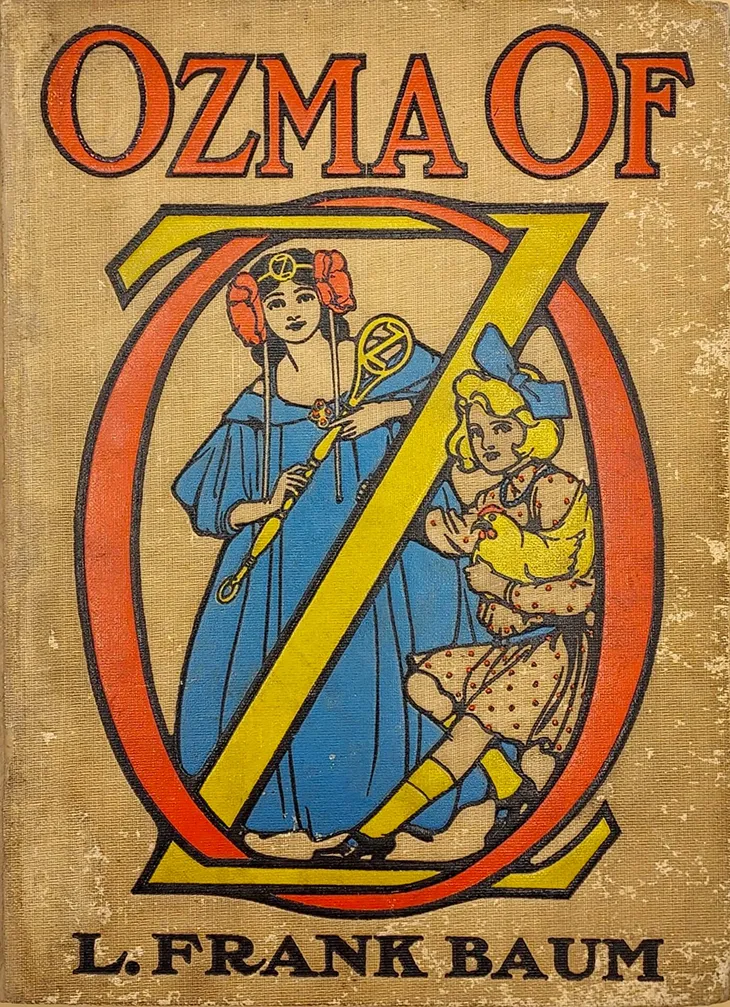
Ozma: The Original Gender-Fluid Icon
Perhaps no character in the Oz universe embodies queer themes more explicitly than Princess Ozma, who first appears in Baum’s second Oz book, The Marvelous Land of Oz (1904). Ozma’s story is fundamentally one of gender transformation and identity revelation.
In the narrative, Ozma was transformed as a baby into a boy named Tip by the witch Mombi to prevent her from claiming her rightful throne. Tip lives as a boy throughout most of the book, developing friendships and a complete identity, before discovering her true nature as Princess Ozma. Crucially, when Ozma reclaims her identity, she doesn’t reject her experiences as Tip but integrates them into her complete self.
This transformation narrative resonates powerfully with transgender and gender-fluid experiences. Baum’s progressive approach was remarkable for its time – rather than positioning the transformation as a return to “normal,” he presents it as Ozma becoming her complete, authentic self.

The 1939 MGM Film
The 1939 MGM film adaptation transformed Baum’s story into a cultural phenomenon inextricably linked with LGBTQ+ identity. The film’s revolutionary use of Technicolor created a stark contrast between Dorothy‘s sepia-toned Kansas and the vibrant world of Oz – a powerful metaphor for the journey from hiding one’s true self to living authentically.
The film’s camp sensibilities and theatrical performances aligned perfectly with emerging queer aesthetic sensibilities. The Wicked Witch‘s dramatic flair and Glinda‘s over-the-top glamour created a visual language that would influence queer culture for decades. Dorothy’s companions – the sensitive Scarecrow, the tender-hearted Tin Man, and especially the Cowardly Lion with his theatrical mannerisms and emotional vulnerability – embodied different aspects of queerness that spoke to LGBTQ+ audiences seeking representation.
Dorothy’s rendition of “Over the Rainbow” became perhaps the most important anthem in LGBTQ+ culture. The song’s lyrics – yearning for a place where “dreams that you dare to dream really do come true” – spoke directly to a community dreaming of acceptance and belonging.
The connection became so profound that “friend of Dorothy” became coded language for identifying other gay men during times when being openly homosexual was dangerous. Judy Garland‘s vulnerable performance as Dorothy struck a chord with audiences who understood struggle and the yearning to be seen and heard.
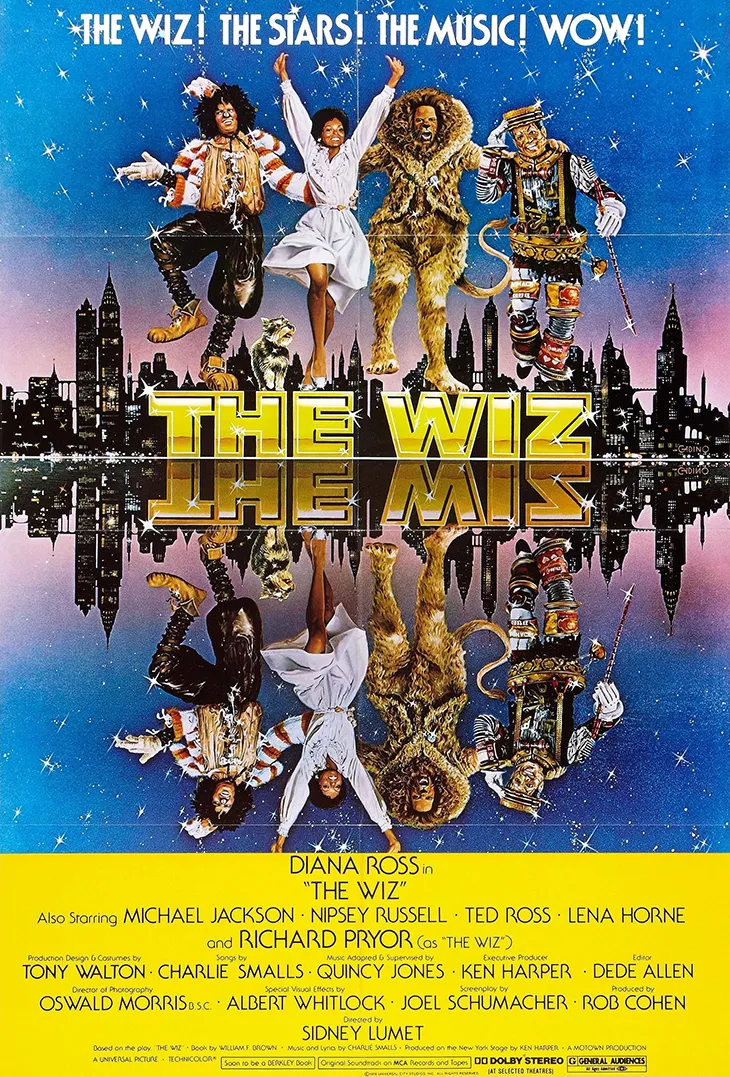
The Wiz: Expanding the Rainbow
The cultural impact of the Oz story expanded significantly with “The Wiz,” which began as a Broadway musical in 1975 and was adapted into a film in 1978. This groundbreaking all-Black reimagining, featuring Diana Ross as Dorothy and Michael Jackson as the Scarecrow, created new layers of meaning while maintaining the core themes that connected with marginalized communities.
“The Wiz” emerged during the height of the disco era, transforming the yellow brick road into a soulful journey through an urban landscape. The musical’s celebration of Black identity and culture created a version of Oz that spoke directly to the Black experience while maintaining universal themes of self-discovery and belonging.
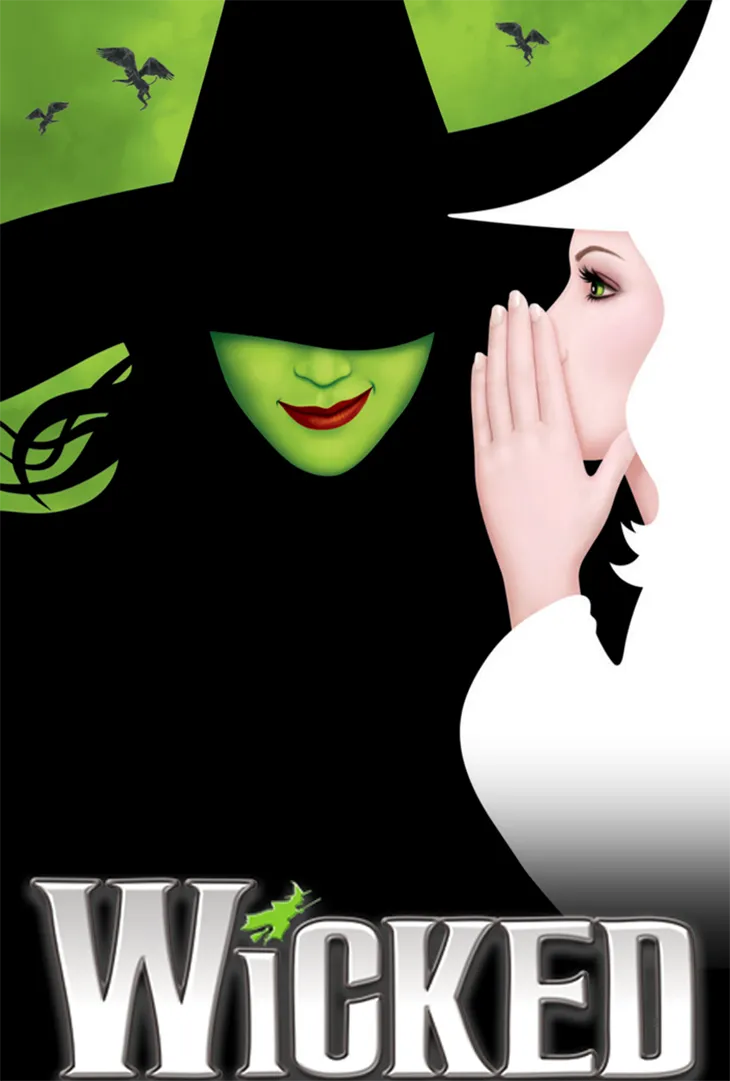
Wicked: Popular and Misunderstood
The modern Wicked saga began with Gregory Maguire‘s 1995 novel Wicked: The Life and Times of the Wicked Witch of the West, which reimagined the Oz universe through a distinctly adult lens. Maguire, who is openly gay, created an Elphaba who is presented as sexually fluid, and her complex relationship with Galinda (later Glinda) contains strong romantic undertones and moments of intimacy that go beyond friendship. Maguire has recently confirmed that the lesbian subtext between the characters was “intentional,” validating what many readers had interpreted in the text.
The Broadway musical Wicked, which premiered in 2003, transformed this complex relationship into one of the most beloved connections in musical theater. While the musical maintains their relationship as friendship in the text, the emotional intensity of their connection has led many audience members to read romantic subtext, spawning an enormous “Gelphie” fan following.
Elphaba’s journey as a green-skinned outsider who refuses to conform to society’s expectations mirrors the experiences of many LGBTQ+ individuals who face discrimination for being different. Her anthem “Defying Gravity” has become a rallying cry for anyone refusing to be limited by others’ prejudices.
The 2024 two-part film adaptation, starring Cynthia Erivo as Elphaba and Ariana Grande as Glinda, has become a massive cultural phenomenon and box office hit, with Part One alone grossing over $756 million worldwide and becoming the highest-grossing musical film adaptation in history. Both stars have embraced fan interpretations, with Grande stating that their characters share “true love” and that Glinda “might be a little in the closet.” The film has amplified the musical’s queer themes for mainstream audiences, with the chemistry between Erivo and Grande sparking renewed conversations about love, friendship, and the blurred lines between them.
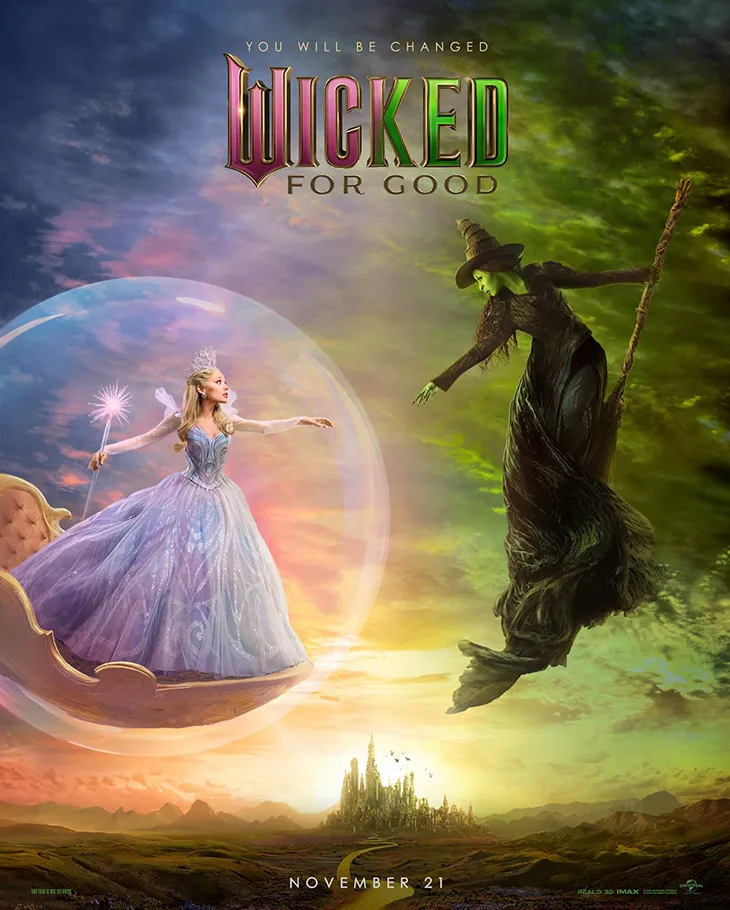
Over The Rainbow
Perhaps no symbol is more closely associated with both The Wizard of Oz and LGBTQ+ pride than the rainbow. Dorothy’s journey over the rainbow to find acceptance and belonging parallels the LGBTQ+ community’s adoption of the rainbow flag as a symbol of diversity, acceptance, and pride.
The Wizard of Oz has proven to be the gift that keeps on giving to the LGBTQ+ community, offering new layers of meaning and relevance with each generation. From Baum’s original vision to contemporary interpretations like Wicked, the Oz universe continues to evolve while maintaining its core message of hope and acceptance.
